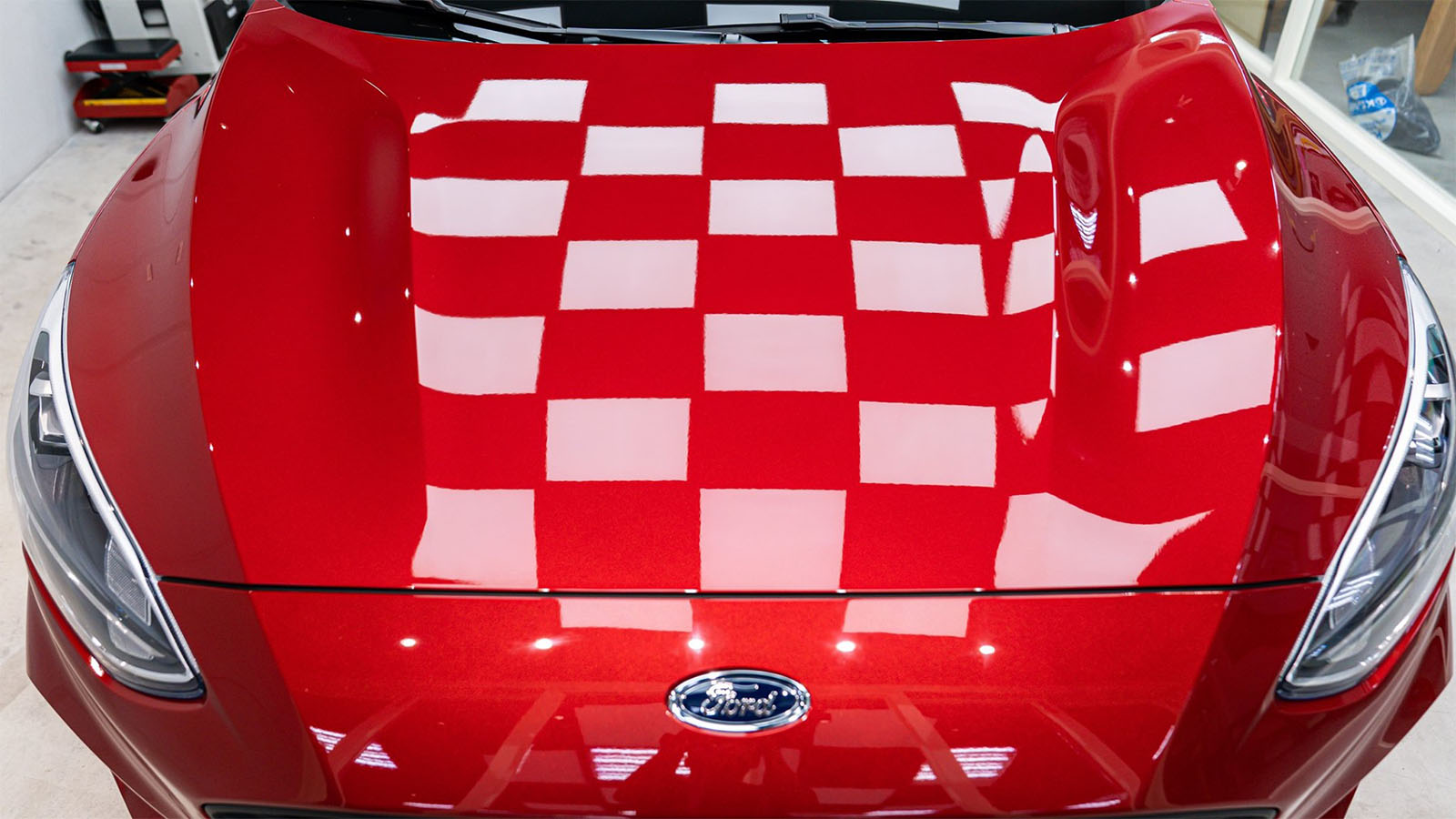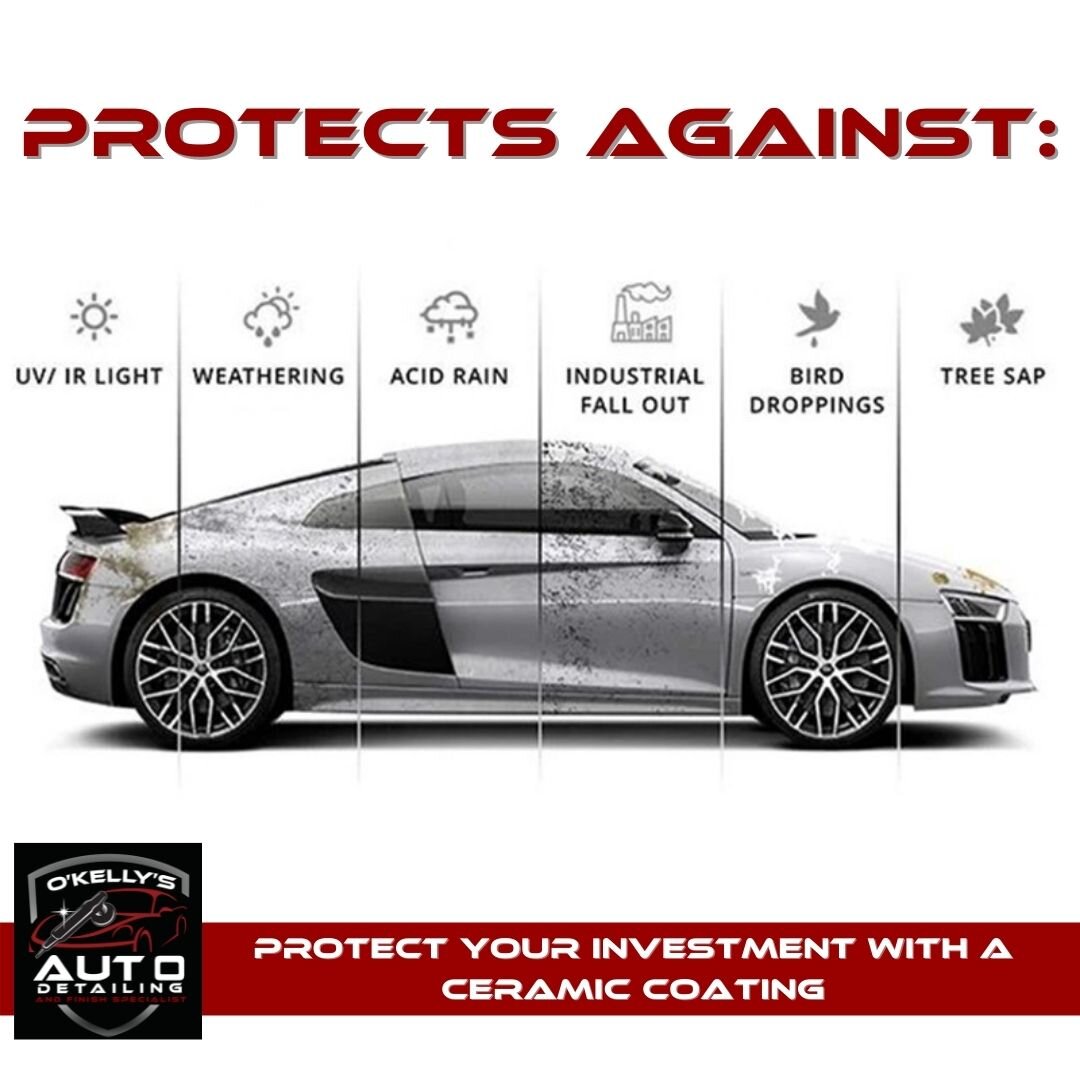Discover the Benefits of Ceramic Coatings San Jose for Your Auto
Discover the Benefits of Ceramic Coatings San Jose for Your Auto
Blog Article
Revealing the Scientific Research Behind Ceramic Coatings: How Does It Work and Why Is It Superior to Traditional Alternatives?
Ceramic layers have been gaining popularity in various sectors for their remarkable performance and durability. The scientific research behind these finishes exceeds simple surface security, delving right into the elaborate chemistry that makes them stand out from conventional choices (ceramic coatings san jose). Comprehending exactly how ceramic finishes work and why they outmatch traditional alternatives is critical for those seeking to boost the durability and resilience of their products. So, what specifically establishes ceramic layers apart, and just how do they achieve such exceptional results?
The Chemistry of Ceramic Coatings
In comprehending ceramic finishes, diving into the elaborate chemistry behind their make-up is vital for grasping their functionality and toughness. Ceramic finishings are primarily composed of silicon dioxide (SiO2), which creates a protective and strong layer when put on numerous surfaces. This chemical structure gives remarkable resistance to heat, chemicals, and rust, making ceramic finishes extremely searched for for a wide variety of applications.
The chemistry behind ceramic finishings includes the formation of covalent bonds in between silicon and oxygen atoms, producing a stiff network that boosts the covering's toughness and longevity. Additionally, the existence of other elements such as light weight aluminum, titanium, and zirconium additional enhances the layer's residential properties, providing enhanced hardness and adhesion to surfaces.
Recognizing the chemical make-up of ceramic finishes permits the personalization of formulas to suit certain needs, whether it be for vehicle, industrial, or property objectives. By utilizing the power of chemistry, ceramic finishings proceed to pave the way for superior protection and performance in different industries.
Benefits of Ceramic Coatings

An additional significant advantage of ceramic layers is their hydrophobic nature. This property creates water to grain up and roll off the coated surface area, lugging dust and pollutants with it. As a result, ceramic layers make cleansing and keeping surface areas a lot simpler and less taxing. Ceramic finishings provide improved tint and gloss deepness, offering surfaces a shiny and dynamic appearance. In general, the multitude of benefits used by ceramic finishes make them a superior alternative compared to traditional covering methods.
Just How Ceramic Coatings Bond
Ceramic layers bond to surfaces with a process that entails molecular bond and chemical communications. When a ceramic finish is applied to a surface area, it develops a solid bond by chemically sticking to the surface area at a molecular level.
Furthermore, the chemical communications between the ceramic finishing and the surface area better boost the bond. ceramic coatings san jose. These communications enable the ceramic covering to create a smooth and constant layer externally, providing excellent protection and toughness. Unlike traditional coatings that may remain on the surface without fully bonding, ceramic finishings produce a long-term bond that is resistant to chemicals, UV rays, and harsh environmental problems

Essentially, the bonding system of ceramic layers makes certain a durable and effective protective layer that exceeds conventional finish alternatives. This superior bond adds to the durability, scratch resistance, and long life of ceramic coverings, making them a preferred option for numerous applications.
Longevity of Ceramic Coatings
The phenomenal long life of ceramic layers originates from their durable molecular attachment and chemical communications with surfaces, making sure a sturdy safety layer that surpasses standard finishing options. Once applied, ceramic finishings develop a solid bond with the substrate, producing a resistant obstacle versus different environmental stressors such as UV radiation, chemicals, and abrasions. This bond is so secure that it can endure the roughness of day-to-day use without wearing away or deteriorating promptly.
Unlike traditional finishings that might weaken with time, ceramic layers keep their honesty for a prolonged duration, giving long-lasting protection for the underlying surface. The solid molecular framework of ceramic finishings resists breaking, fading, and peeling, guaranteeing that the surface remains protected and visually pleasing for several years ahead. This durability not just minimizes the requirement for constant reapplications however likewise saves time and money in the future. In general, the extraordinary longevity of ceramic layers makes them a remarkable selection for protecting a wide range of surface areas in various applications.
Ceramic Coatings Vs. Traditional Alternatives
In contrast to standard layer approaches, ceramic coverings offer an unique mix of durability and protective capabilities that establish them apart in various surface area protection applications. Conventional alternatives such as wax or sealers give a short-lived layer of visit the website security that can diminish quickly, calling for regular reapplication. On the other hand, ceramic finishes develop a strong bond with the surface area, creating a semi-permanent or permanent obstacle that is very immune to abrasion, chemicals, UV rays, and extreme temperature levels.
Furthermore, ceramic finishings supply premium hydrophobic residential properties contrasted to standard layers. The hydrophobic nature of ceramic finishings causes water to grain up and roll off the surface, carrying dust and contaminants with it. This self-cleaning effect helps to keep the surface area's cleanliness and gloss for extensive periods, lowering the demand for regular maintenance.
Additionally, ceramic finishings have a thicker layer contrasted to conventional choices, offering enhanced scrape resistance and security against minor effects. This longevity makes sure durable efficiency and aids maintain the aesthetic appeal of the treated surface for an extended period.
Verdict
Finally, the scientific research behind ceramic finishings depends on their chemical structure and bonding residential properties, making them above traditional choices. The benefits of ceramic finishes consist of boosted longevity and defense for surface areas. By comprehending see this here exactly how ceramic coverings work and their benefits over traditional choices, one can make informed decisions when considering layer options for various applications.
Unlike traditional coverings that might sit on the surface without completely bonding, ceramic coverings produce an irreversible bond that is immune to chemicals, UV rays, and rough ecological conditions.
The extraordinary long life of ceramic finishings stems from their durable molecular bond and chemical communications with surfaces, making certain a sturdy protective layer that goes beyond traditional finish choices.Unlike conventional finishings that may weaken over time, ceramic coatings preserve their stability for an extensive duration, offering resilient protection for the underlying surface area.In comparison to standard coating methods, ceramic finishes offer an unique blend of durability and protective capacities that set them apart in different surface area defense applications. By recognizing how ceramic finishings work and read the article their advantages over standard choices, one can make enlightened decisions when taking into consideration finish choices for different applications.
Report this page